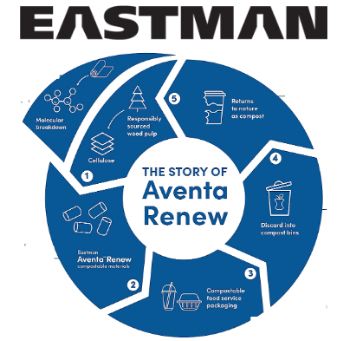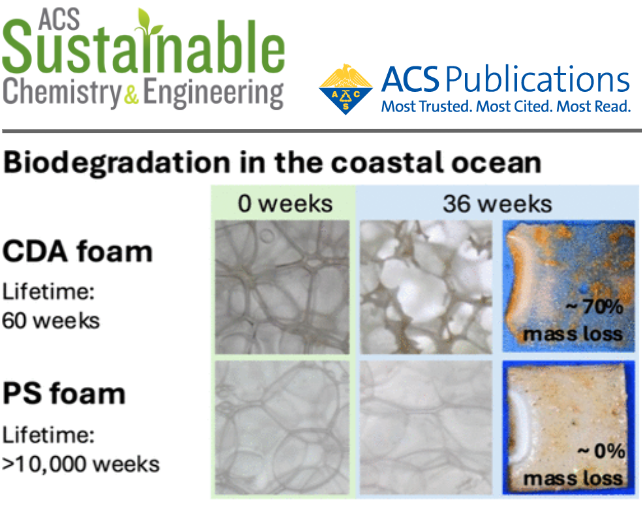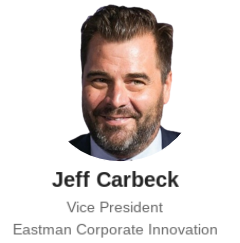|

Microorganisms recognize Aventa Renew as a food source and break it down completely, so it will not remain in the form of microplastics.
New Research Identifies Cellulose Diacetate Foams as a Game-Changer for Combating Marine Plastic Pollution
 UNITED STATES
UNITED STATES
Monday, December 09, 2024, 00:10 (GMT + 9)
A groundbreaking study published in ACS Sustainable Chemistry & Engineering reveals that cellulose diacetate (CDA)-based foams, made with Eastman Aventa™ compostable materials, could serve as a sustainable alternative to traditional plastics.
Conducted by the Woods Hole Oceanographic Institution (WHOI), the research underscores the rapid biodegradability of these materials in marine environments, making them a promising solution for applications like food packaging.

Key Findings
The study demonstrated that CDA-based foams lost up to 70% of their mass after just 36 weeks of seawater incubation, significantly outperforming conventional materials like polystyrene, which showed no degradation. Remarkably, CDA foams degraded at rates more than four times faster than paper and up to 1,000 times faster than solid plastics, including polypropylene, polystyrene, and polylactic acid (PLA).
 Collin Ward, associate scientist at WHOI and lead author of the study, highlighted the material’s potential: Collin Ward, associate scientist at WHOI and lead author of the study, highlighted the material’s potential:
“Foaming biodegradable bioplastics like Aventa provides a compelling strategy to reduce the environmental impact of commonly mismanaged plastics, particularly in food packaging. These materials not only biodegrade rapidly in marine environments but also enhance material efficiency and promote circularity.”
Economic and Environmental Benefits
In addition to its environmental advantages, the study estimated that replacing polystyrene food trays with CDA-based foams could save over $1 billion annually by reducing the social costs associated with plastic pollution. This transition represents a significant step toward addressing the mounting plastic waste crisis.
 Jeff Carbeck, Vice President of Eastman Corporate Innovation, emphasized the broader implications: Jeff Carbeck, Vice President of Eastman Corporate Innovation, emphasized the broader implications:
“Traditional plastic foams are a major contributor to marine pollution. By offering a renewable, compostable alternative with Eastman Aventa materials, we are aligning with circular economy principles and paving the way for sustainable innovation.”
A Renewable Solution for Diverse Applications
Derived from sustainable wood pulp, Aventa materials are both renewable and compostable. Beyond food packaging, they are being explored for single-use items such as straws and cutlery, presenting a versatile solution to plastic waste challenges.
The full findings are detailed in the October 2024 issue of ACS Sustainable Chemistry & Engineering.
[email protected]
www.seafood.media
|



